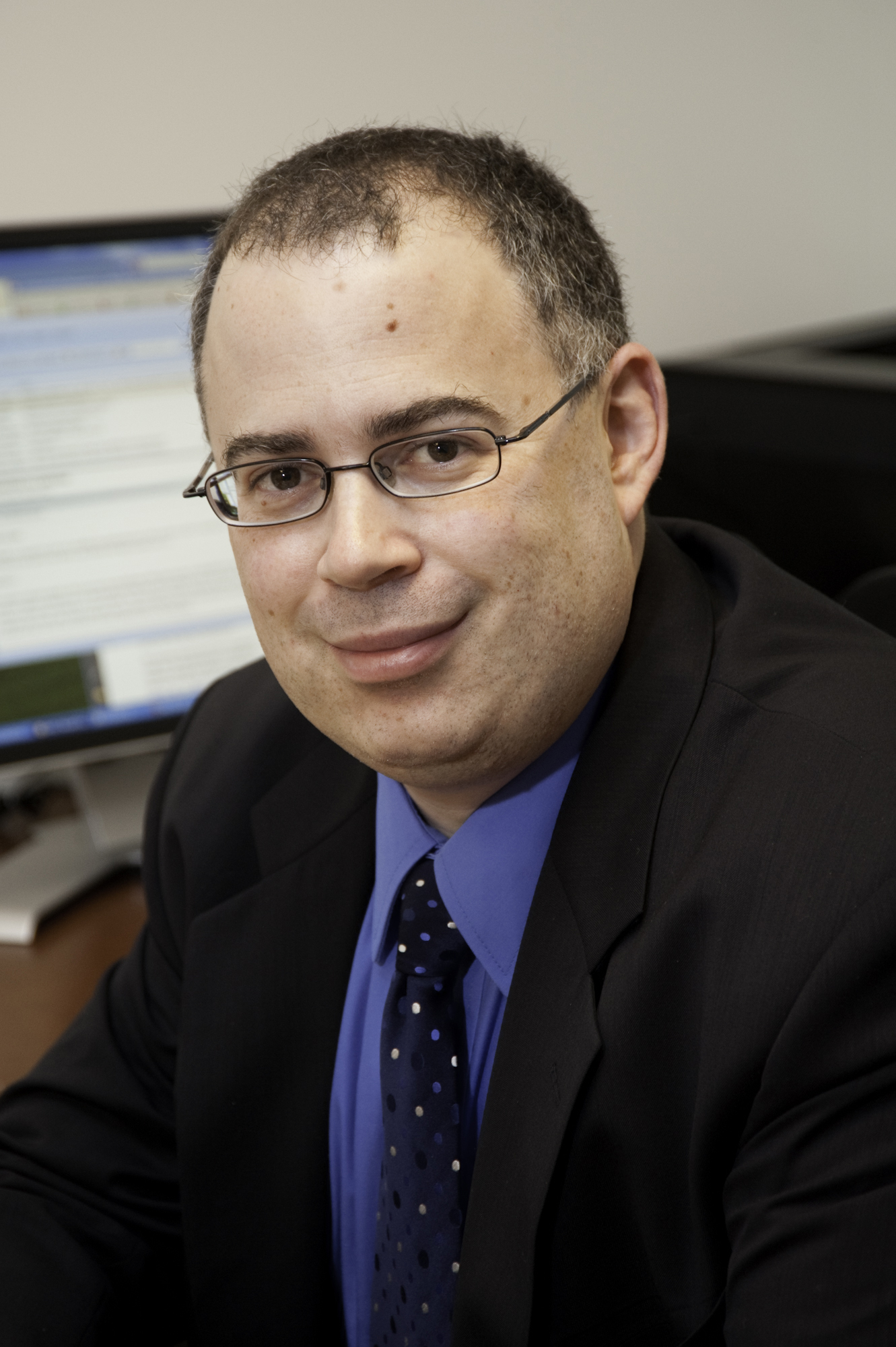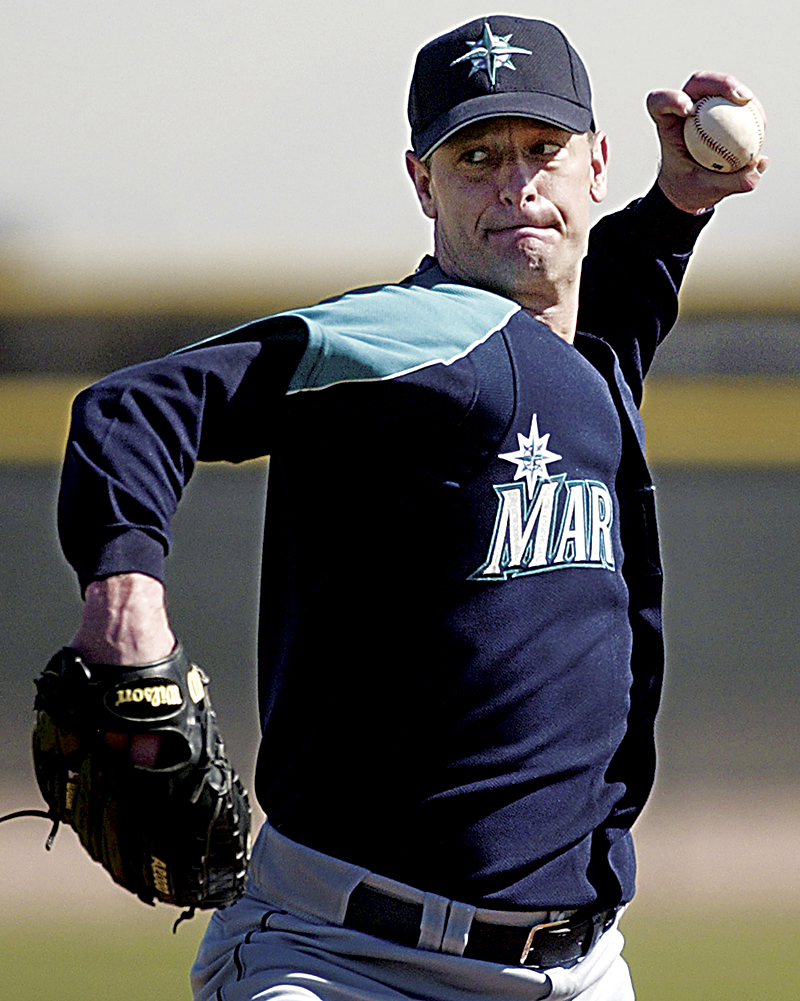Yesterday the British Medical Journal hammered home the proverbial final nail in Andrew Wakefield’s coffin. Wakefield is the former doctor whose infamous 1998 study linking childhood vaccines to autism sparked international concerns about immunizations and gave rise to the phenomenon that is Jenny McCarthy, M.D. Already discredited for having been on the payroll of trial lawyers looking to sue vaccine makers, Wakefield has now been further exposed has now been further exposed by BMJ as a fraud who tinkered with his patient’s medical histories. So what does this mean for Washington, which has some of the lowest immunization rates in the country?Michele Roberts, immunization program health-promotion manager for the State Department of Health, says that any bad news for Wakefield and his tarnished study is good news for Washington parents.”Vaccine hesitancy has been a problem in our state,” she says. “We’re really glad to see someone else come forward and say that, once again, this study was a fraud.”Roberts says that there’s no one reason why Washington lags behind other states in immunizations. And although the trend has been upward since 2003, when the state was nearly dead last in the country, the most recent numbers show that in 2009 only 64.9 percent of Washington children ages 19 to 35 months old had received their full vaccinations–nearly five points lower than the national average.Chalk it up to a frontier mentality and the West Coast’s warm embrace of alternative medicines, says Roberts. There’s also a link, she says, between high-income, highly educated families and a higher rate of opting out. “When we talk to parents, we hear a lot of ‘Immunizations aren’t for me or my family,’ especially in affluent populations,” she says.Roberts says her examples of wealthier families saying no to needles aren’t strictly anecdotal. According to her, when you look at a map of Western Washington, anti-vaccine pockets are visible on Vashon and Whidbey Islands and in the richer suburbs ringing Seattle and Olympia.It’s a connection confirmed by journalist Seth Mnookin, whose latest book, The Panic Virus, focuses on the way the vaccine controversy spread most virulently in tony communities. In an excerpt in Newsweek, Mnookin writes that the vaccine rates in “progressive enclaves” like his own in Park Slope, Brooklyn, continue to plummet.”Take Ashland, Ore., the home to a nationally renowned Shakespeare festival,” writes Mnookin. “Its vaccine exemption rate is the highest in the country. Marin County, just north of San Francisco, is another example: it has the nation’s fifth-highest average per capita income–and an exemption rate more than three times the rest of the state.”Roberts says she hopes the tide is turning when it comes to parents speaking out against vaccine boogeymen. While she says it was once common for them to tell her that talking about vaccines among their peers was uncomfortable–“like talking about religion and politics”–she says she now sees parents who do immunize becoming more outspoken.Still, as Roberts knows all too well, after a decade of misinformation posing as scientific fact, there’s still a lot of ground to be made up.”Last year, a mom in a focus group told us that she doesn’t let her family eat sugar, and that’s how she protects against infectious diseases,” she says. “At times like that you realize how hard it is to fight against an urban legend.”
More Stories From This Author
New state legislation fights catalytic converter theft
Governor Jay Inslee signed a bill on March 26 adding new regulations to the purchase and sale of catalytic converters…
By
Benjamin Leung • April 8, 2024 1:55 pm
Kirkland officer steps down following investigation into bikini barista incident
A Kirkland police officer accused of exhibiting odd behavior toward bikini barista employees while using a city-owned vehicle has resigned…
By
Cameron Sires • April 5, 2024 10:09 pm
KC Sheriff’s Office sues over Burien encampment ban
Office of Law Enforcement Oversight director calls Burien’s ordinance “unconstitutional.”
By
Cameron Sheppard • March 18, 2024 12:32 pm






